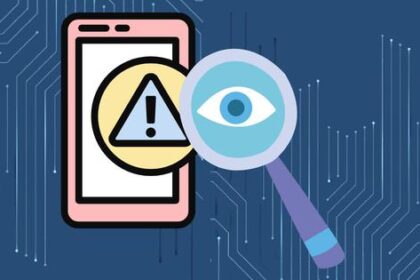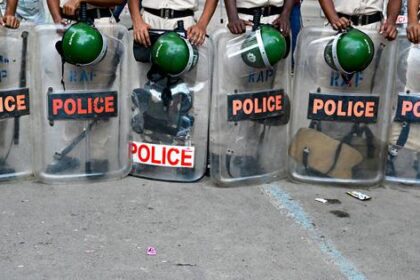UIDAI aims to deactivate two crore Aadhaar numbers linked to deceased persons by December.
The Unique Identification Authority of India (UIDAI) has taken significant steps to enhance the integrity of welfare schemes by deactivating over 1.4 crore Aadhaar numbers associated with deceased individuals. This cleanup initiative is vital for safeguarding public funds from potential misuse, according to a report by The Times of India.
UIDAI, established under the Aadhaar Act of 2016, is responsible for issuing 12-digit unique identification numbers to residents of India. Bhuvanesh Kumar, the UIDAI chief, emphasized the importance of removing Aadhaar numbers linked to individuals who have passed away. This is part of a broader effort to ensure that welfare measures remain effective and are not compromised by fraudulent claims.
An official source indicated that the authority is targeting a total of two crore deactivations by December. However, the process faces challenges, primarily due to the fact that Aadhaar registration is not mandatory when recording a person’s death. This lack of requirement has resulted in substantial data gaps, complicating the deactivation process.
The official noted that many death records either lack Aadhaar numbers or contain inaccuracies, such as incorrect or poorly formatted data. To address this, UIDAI is gathering death information from multiple sources, including the Registrar General of India’s Civil Registration System, and is working closely with various state governments and Union Territories.
For states that have not yet integrated into the system, including Karnataka, Delhi, Tamil Nadu, Kerala, Punjab, Puducherry, Goa, Rajasthan, Telangana, Odisha, and West Bengal, UIDAI is independently collecting relevant data. This proactive approach aims to create a more comprehensive and accurate database, ensuring that the deactivation process is thorough.
Additionally, UIDAI has formed partnerships with banks, insurance companies, pension funds, and authorities managing the Public Distribution System. This collaboration is intended to facilitate the regular updating of Aadhaar records, ensuring that they reflect the most current and accurate information available.
The Aadhaar number itself is linked to an individual’s biometric data, including fingerprints, facial recognition, and iris scans. Initially introduced as a voluntary program to enhance the delivery of welfare services and provide identification to those lacking it, the Aadhaar initiative has evolved. The government has made it mandatory for various services, compelling residents to register for Aadhaar to access numerous welfare benefits.
Currently, Aadhaar is linked to over 3,300 government schemes, encompassing pensions, subsidies, and various forms of financial assistance. This extensive integration underscores the significance of accurate Aadhaar data in the functioning of these programs, highlighting the necessity of ongoing efforts to maintain data integrity.








